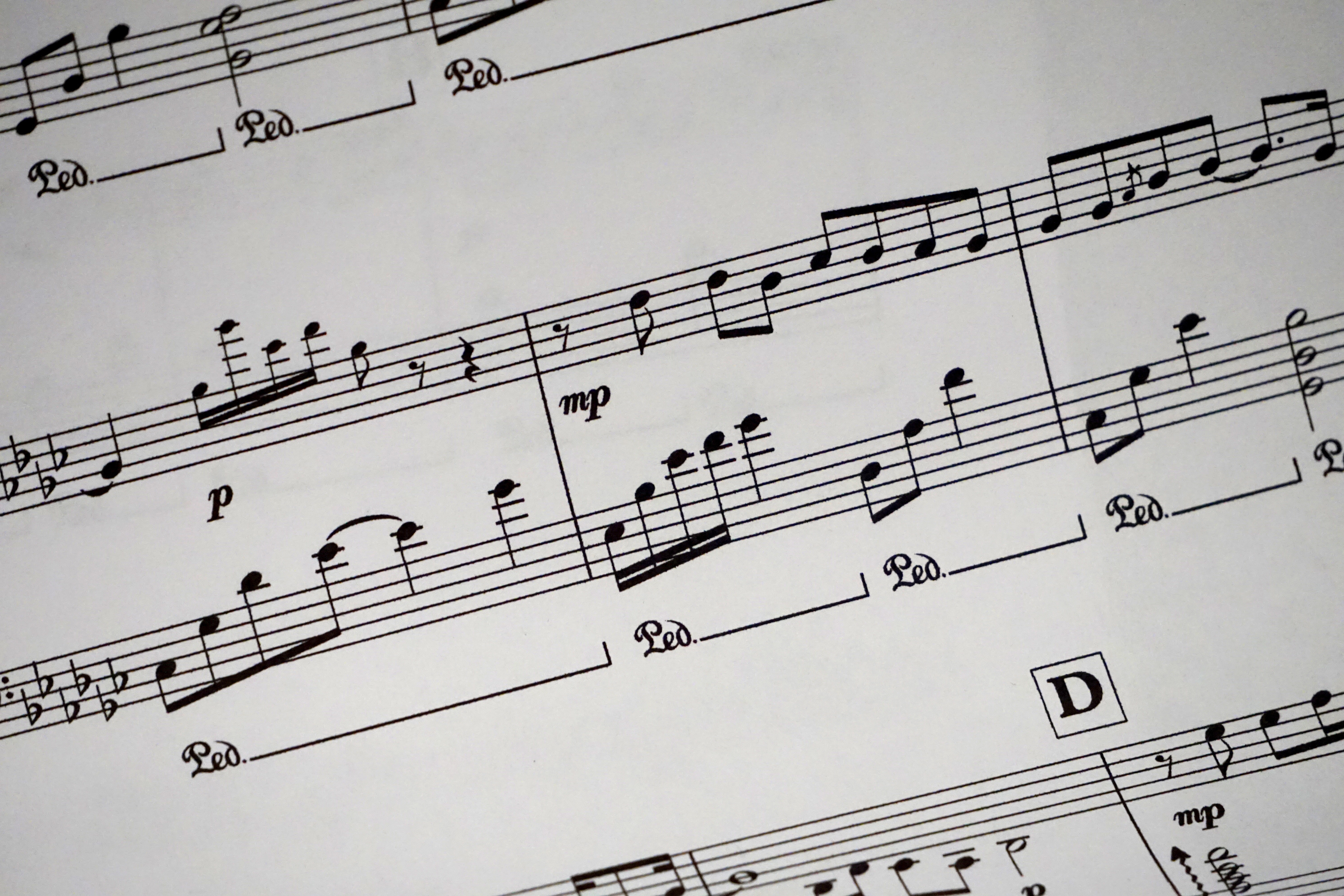8.5: Varying the Emotions
- Page ID
- 31271
Listen to an audio version of this page (2 min, 22 sec):
As we analyze emotion and tone, we won’t always find one description that fits the entirety of the argument. The writer may be shifting tone and emotional appeal in subtle or dramatic ways either to match shifts in the ideas or to create variety. If we think of argument in terms of relationship and intimate conversation, this idea becomes clearer. One style when we talk to another person is to stick with one tone and repeat an emotional appeal over and over. This can be successful in reinforcing the message and perhaps wearing down resistance, but it can also be offputting. It could even seem robotic, unresponsive to the reader’s needs. A more flexible, varied tone with moments of greater and lesser intensity can provide contrast and relief and thus seem more sensitive to the audience. Thus, sometimes even in serious, earnest arguments, it can help keep readers from tuning out if the writer lightens the tone or takes a step back.
We think of Shakespearean drama as exalted high culture, but Shakespeare famously wrote scenes of terrible puns, sex jokes, and plenty of slapstick into his most intense tragedies to keep the audience from pelting actors with rotten tomatoes. Similarly, a writer may choose to offer some relief or distraction after an impassioned appeal through a moment of humor or a neutral statement.

Photo by Pixabay from Pexels under the Pexels License.
We can think of variety in emotional appeal as similar to the way music varies in volume and pacing. Sometimes a piece of music keeps the same volume and pace throughout, but more often the composer adds notes to the musician on when to boom or hush, hurry or draw out the notes. Often the music gets faster and louder toward the end, in a crescendo of intensity. This is one traditional way of ending an argument: on what we sometimes call a “ringing note” meant to inspire and fire up readers to agree, remember, or take action.
Practice Exercise \(\PageIndex{1}\)
Choose a Ted talk that includes a transcript, such as Jamila Lysicott’s “3 ways to speak English.” Watch the talk and then read the transcript, making notes on the tone in the margins. Choose one place where the tone shifts and reflect on why the writer chose to shift there.


.jpg?revision=2)